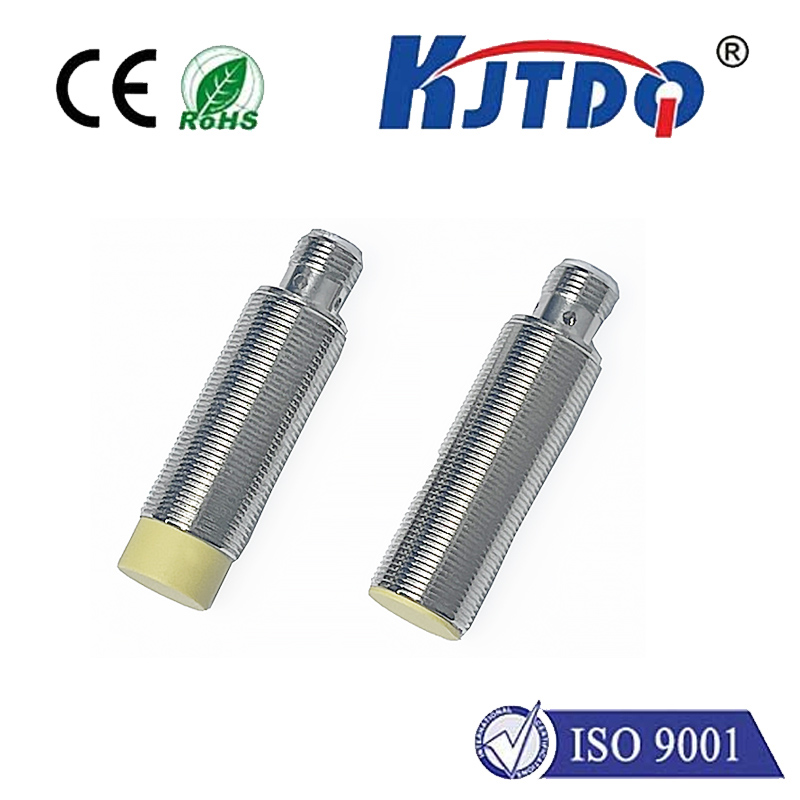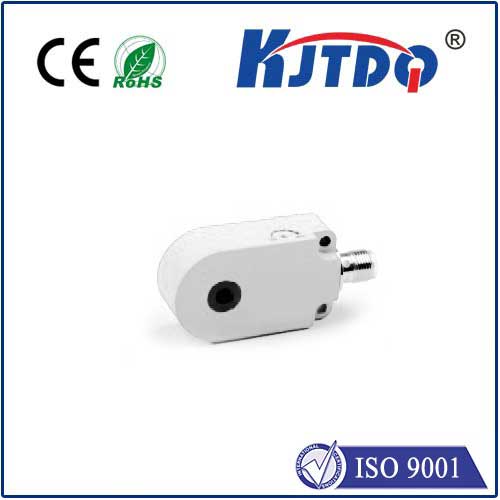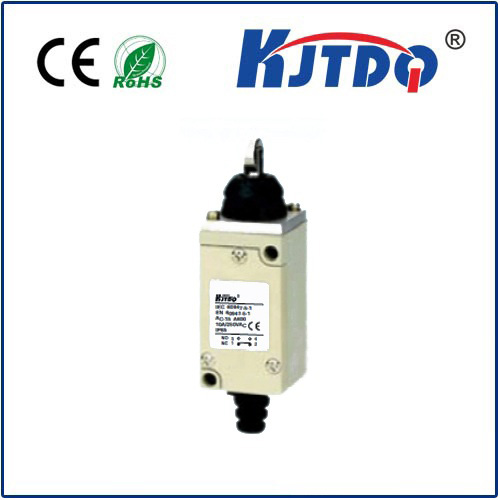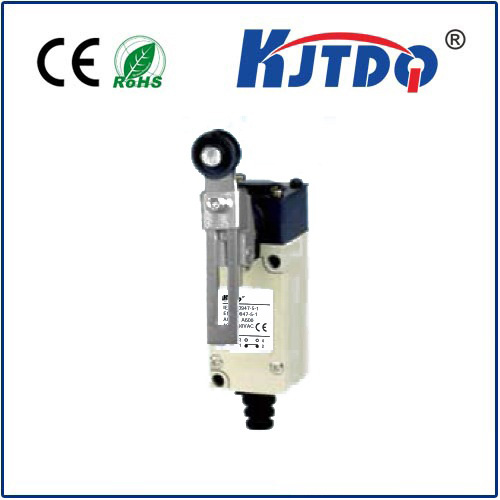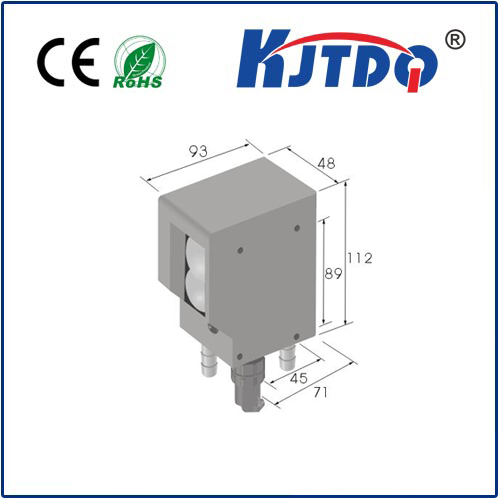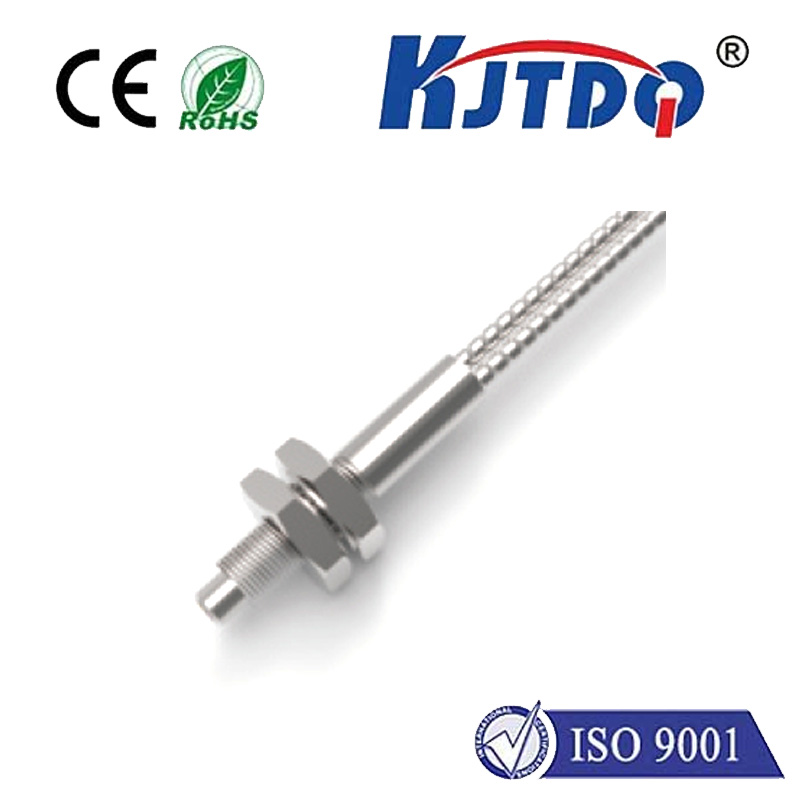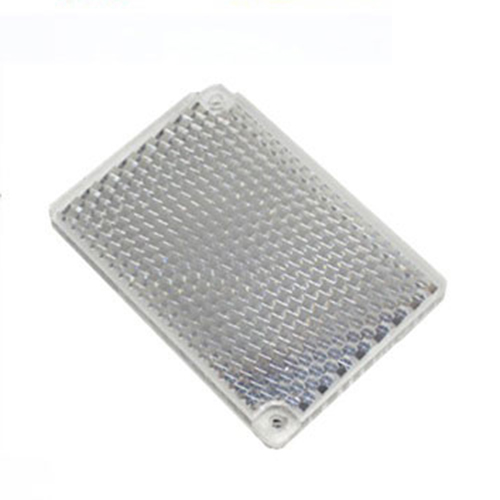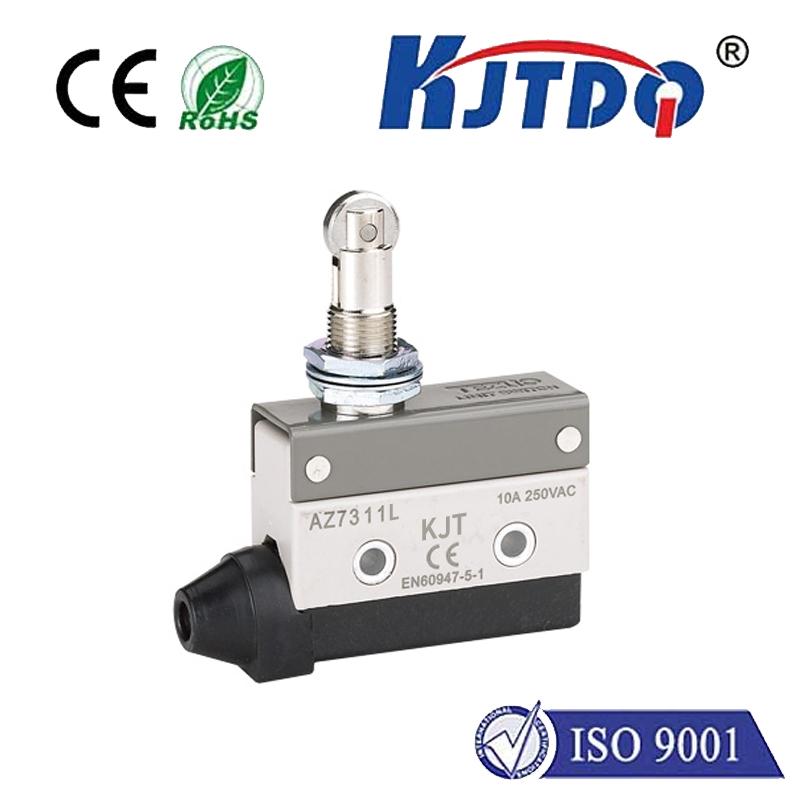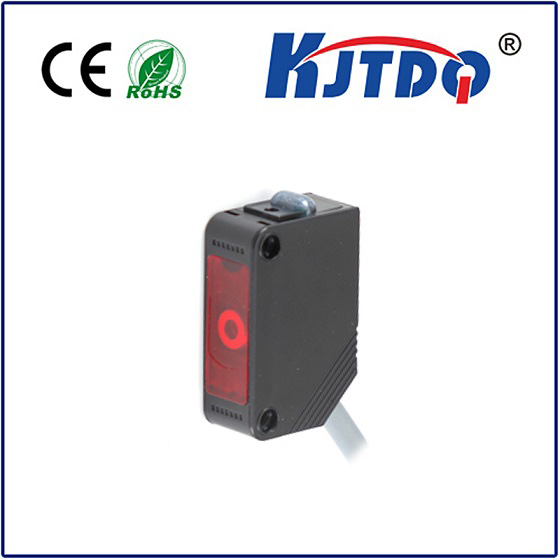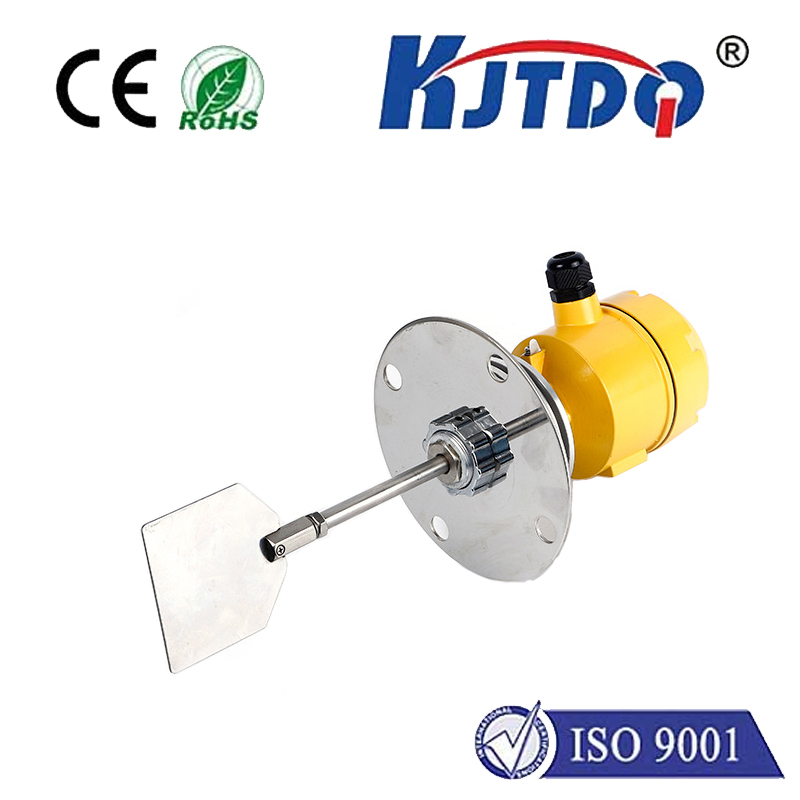

check

check

check

check

check

check

check

check

check

check
Title: DIY Laser Distance Sensor: A Guide to Creating Your Own
Introduction:
The development of technology has brought about numerous innovations, and one of the most exciting is the creation of the DIY laser distance sensor. This invention enables users to measure distances with precision and accuracy, making it an essential tool for various applications. In this article, we will guide you through the process of creating your own DIY laser distance sensor using simple materials.
Materials needed:
1. Laser pointer
2. Arduino board

3. HC-SR04 ultrasonic sensor
4. Breadboard
5. Jumper wires
6. Resistors (220Ω)
7. LED (optional)
Steps to create the DIY laser distance sensor:
1. Connect the Arduino board to the breadboard using jumper wires. The breadboard should have at least three rows of pins and four columns for connectivity. The left pin of the ultrasonic sensor should be connected to row 3, column A, while the right pin should be connected to row 3, column C. Similarly, the trigger pin of the laser pointer should be connected to row 1, column C, and the echo pin to row 1, column A.
2. Insert the laser pointer into the breadboard, ensuring that the trigger pin is facing up and the echo pin is facing down. You can also add an LED in series with the trigger pin to visualize the blinking pattern of the laser pointer when a distance measurement is taking place.
3. Insert the ultrasonic sensor into the breadboard along with the appropriate resistors for each pin connection. The left pin should be connected to row 4, column A, while the right pin should be connected to row 4, column B. Make sure to use resistors that match the current draw of the sensors.
4. Upload the code for the Arduino board onto it. You can find free open-source code online or write your own using libraries such as NewPing by Michael Margolis. The code should initialize both sensors and set up serial communication between them and the Arduino board.
5. Test theDIY laser distance sensor by placing a object in front of the sensor and observing the distance measurements in real-time on your computer or mobile device running the Arduino IDE. You may need to adjust the initial delay time or maximum range setting in the code depending on your specific setup and environment.
Conclusion:
Creating your own DIY laser distance sensor using simple materials can be a fun and rewarding experience. With this invention, you can measure distances accurately and quickly without requiring expensive equipment or specialized knowledge. By following these steps, you can now build your very own DIY laser distance sensor and explore its potential uses in various fields such as robotics, automation, and engineering projects.
